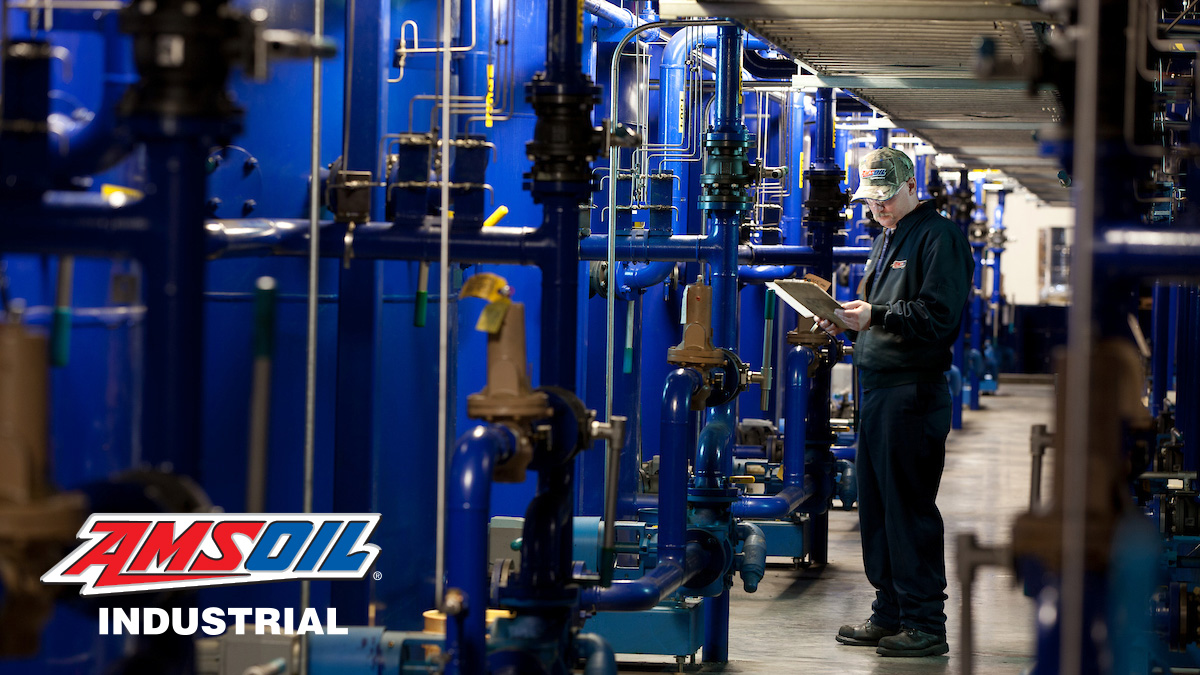Unplanned downtime can lead to significant losses in revenue and associated labor and maintenance costs. And these costs continue to spiral the longer it takes to restore your operations. Every minute a machine stands idle is a minute of lost productivity, impacting your bottom line and competitiveness. That’s why prioritizing a regular lubrication maintenance program is not just a good practice, it’s an essential strategy for ensuring smooth operations and maximizing profitability.
The Importance of Predictive Maintenance
Lubrication is crucial for the proper operation of industrial machinery. Despite its importance, many organizations face challenges developing, implementing, upgrading and maintaining their lubrication programs. These challenges range from selecting the correct lubricants to ensuring proper employee training and contamination control measures. You’re not alone.
Routine maintenance practices, including regular lubricant analysis, can significantly reduce downtime and increase equipment life. The lubricant Optimum Reference State (ORS) is the prescribed state of machine configuration, operating conditions and maintenance activities required to achieve and sustain your targeted reliability objectives.
Technology and data analysis play a crucial role in predictive maintenance. By monitoring parameters like viscosity, contaminants and the presence of wear particles, maintenance teams can identify early signs of lubricant degradation or component wear and address problems before they become catastrophic.
Running the Numbers
Effective lubrication is not an expense, it’s an investment. Consider that a single hour of unplanned downtime can cost $10,000 or more, depending on the size and complexity of your operation. By implementing a consistent lubrication maintenance program, you’re investing in:
-
Reduced downtime: Minimizing equipment failures and unplanned stoppage translates to more production hours and higher output. Proper lubrication can reduce downtime by as much as 30%.
-
Extended equipment life: Proper lubrication reduces wear and tear, allowing your machines to stay in service longer and delaying the need for expensive replacements. A well-maintained lubrication program can extend equipment life by up to 20%.
-
Lower maintenance costs: Regular lubrication catches small issues before they become major failures and associated equipment repairs, saving you money.
-
Increased productivity: A well-maintained production line operates at peak efficiency, maximizing your output and profitability.
-
Improved product quality: Consistent lubrication ensures consistent machine performance, leading to higher quality products with fewer defects.
-
Reduced energy consumption: Properly lubricated machines operate with less friction, which translates to lower energy usage and reduced environmental impact.
-
Improved safety: Well-lubricated equipment operates smoothly, reducing the risk of accidents and injuries.
-
Enhanced employee morale: A clean and well-maintained work environment, enhanced by good lubrication practices, contributes to increased employee satisfaction.
Getting Started
To implement a proper lubrication program, it is crucial to have a game plan:
-
Conduct a lubrication survey: Identify every piece of equipment in your operation that requires lubrication and assess and document its specific needs.
-
Choose the right lubricants: Select high-quality lubricants specifically formulated for your equipment and its operating environment.
-
Develop a lubrication schedule: Establish a routine for lubricating each piece of equipment, considering factors like operating conditions and lubricant type.
-
Train your employees: Empower your team with the knowledge and skills to perform proper lubrication tasks safely and effectively.
-
Monitor and track: Regularly perform lubricant analysis and monitor lubricant levels, wear and equipment performance to identify and address potential issues before they escalate.
-
Conduct periodic audits: Regularly assess your lubrication program’s effectiveness and make adjustments as needed.
Integrating a regular lubrication maintenance program is a vital step in reducing downtime costs by improving equipment reliability. By leveraging technology and knowledge you can overcome lubrication challenges and ensure efficient operations that lead to increased productivity and profitability.
AMSOIL Industrial Application Engineers have the knowledge and experience to help you identify the best lubricants and maintenance schedules for your specific applications, so you can make informed decisions based on your equipment specifications and operating conditions. Contact us today to get started implementing your lubrication maintenance program.

